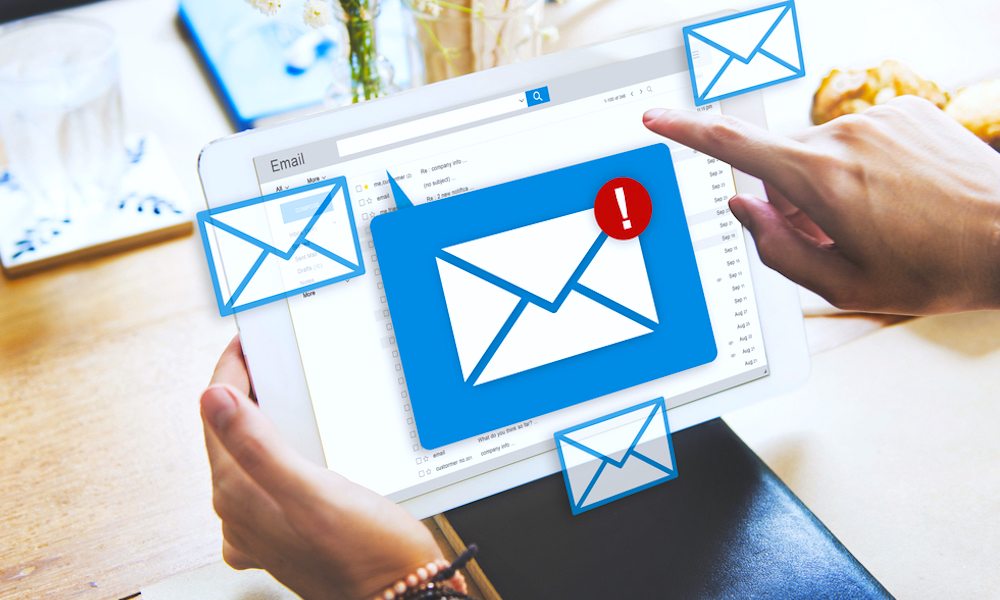5 Expert Tips to Help Identify Fraudulent E-Mails

Scammers are running rampant looking to gain unauthorized access to users’ most sensitive information. From online accounts, including banking and financial institutions, to iCloud, Apple ID, and so much more — we’ve covered a plethora of reports highlighting some of the most common scams circulating the web today.
Among the most deceptive, frequently employed, and sadly most successful scams around is the nefarious use of “unsolicited e-mail,” also known as “spam,” according to Villanova University’s Department of Public Safety.
In a recent blog post titled “Recognizing and Avoiding Email Scams,” the University’s public safety experts highlight a number of current issues with this alarming but eerily prevalent trend — and seek to inform the public of how best to avoid these scams — saving the unwitting from the likelihood of being lured and encouraged to provide their sensitive info like passwords and account login information through an unverified link.
Here, we present 5 case scenarios of actual fraudulent e-mails received by iDrop News over the course of the past several months, while offering expert tips on how to identify these scammy messages and steer clear of the bait before you get hooked.
